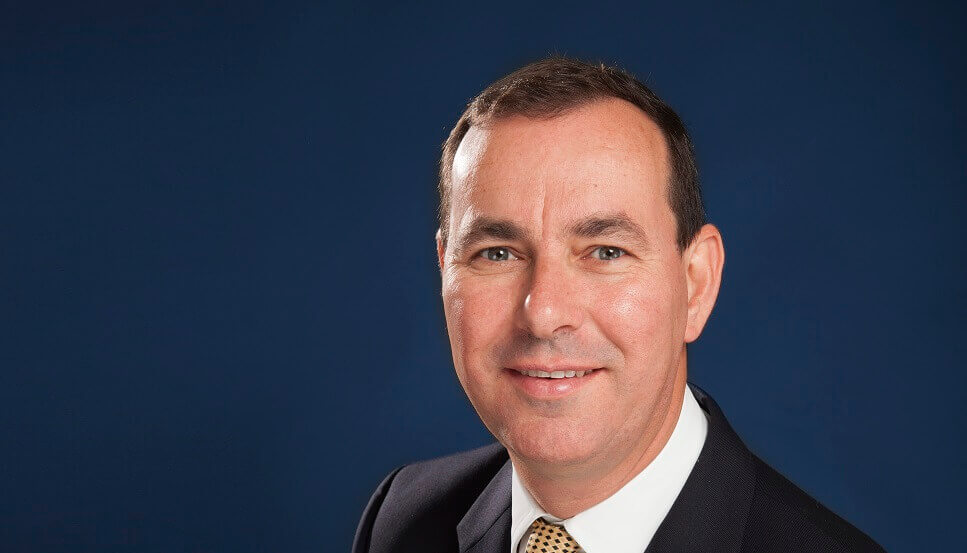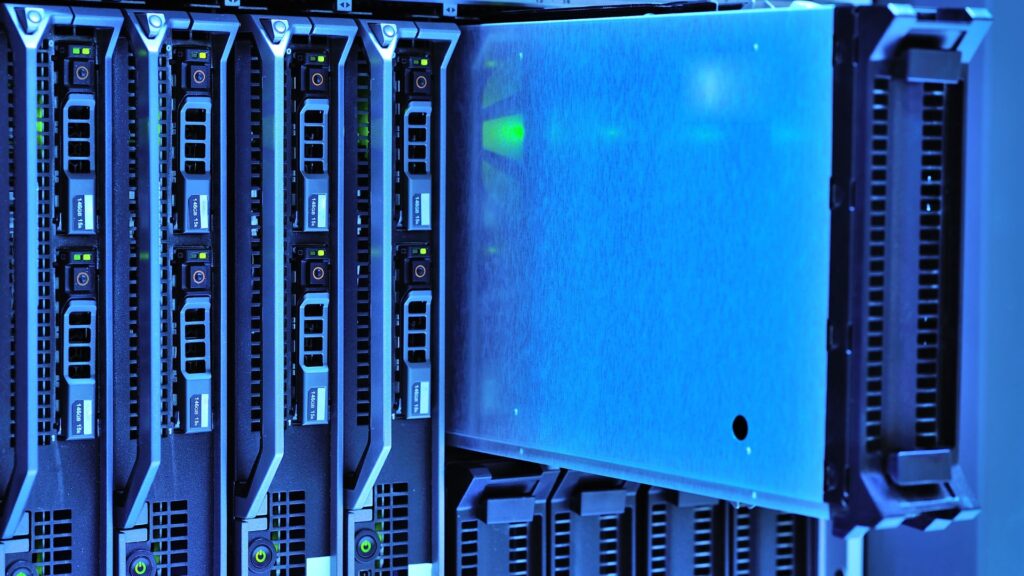
SkyRunner, LLC is a privately held aircraft manufacturing company headquartered in Shreveport, LA, USA, which designs and manufactures the MK 3.2, a special light sport aircraft for civilian and military end users. Acquisition International magazine has recognised the company as Best Light Sport Aircraft Manufacturer 2022 – USA, so we got in touch with founder and CEO, Stewart Hamel to learn more.
Founded by Stewart Hamel, SkyRunner has become one of the fastest growing aircraft manufacturers in the world, based on class and category. Its MK 3.2 earned SLSA FAA certification in June 2016, and full approval as a two-occupant aircraft in July 2017.
The SkyRunner MK 3.2 is an FAA certified special light sport aircraft (S-LSA) fused with a rugged, military-grade vehicle. By combining off-road engineering with aviation technology, a new generation of aircraft has been designed for ultimate mobility across, or over, any terrain. Arguably, SkyRunner is the most versatile and logistically competitive machine on the market. It conquers deserts, jungles, swamps, rivers, and any other terrain that stands between you and your mission. And no airport is required! – Secluded beaches, dirt roads, and open fields are your runways of choice. And at its customers’ request, the company recently developed turn-key training and maintenance programmes to provide comprehensive solutions to its commercial and government clients.
So, how did it all come about? Well, Stewart Hamel found early success in technology, petroleum and venture capital, and began seeking out extraordinary adventures to share with his young children. An analyst by trade, he quickly discovered that powered parachutes consistently sustained the best safety record of any aircraft on the planet and he set out to build the superlative example of the type.
Stewart remarked, “I originally built this aircraft to fuel epic adventures with my kids, but then someone handed me a copy of a naval postgraduate school master’s thesis that laid out the mobility challenges faced by our special operators and rescue forces on the battlefield and described SkyRunner as a perfect solution. That paper changed our ‘why’. SkyRunner could save lives!” He later hired the author of that thesis, Col Michael Jensen, who is currently SkyRunner’s Chief Strategy Officer.
The MK 3.2 was built entirely from customer feedback. From elite special operators to ranchers and border patrol officers, SkyRunner listened closely to each point of view and built a machine to solve their problems. Stewart commented, “We’re most proud of our perfect certification audit from the FAA and humbled by the accolades from Forbes, Red Bull, Top Gear, Black Rifle Coffee Company, and other world-class brands who have aligned with SkyRunner.”
No other utility terrain vehicle can claim distant second to SkyRunner’s ultimate access. The extremely rugged, custom-tuned Fox Shocks turn rough terrain into a smooth landing zone; the powerful 1000cc Polaris Pro-Star engine propels SkyRunner up to 70mph, and the turbo-charged, fuel-injected Rotax flight motor lifts two passengers up to 10,000 feet (altitude limited by the Federal Aviation Administration); an INVISIO intercom system provides crystal clear communication compatible with any military or law enforcement radio system; and Tomar commercial-quality light bars illuminate the way ahead in the visible or infrared spectrum. These world-class components fuse together into one military-grade aircraft. One machine, more freedom.
SkyRunner acts as a catalyst to advance other technologies. Its simplicity and modularity allows its to integrate and operate airborne payloads at a tiny fraction of the cost of more complex aircraft. SkyRunner MK 3.2 costs well under one hundred dollars an hour to operate – that allows the company to deliver similar effects at orders of magnitude at less cost than any competitor.
SkyRunner’s technology partners continue to add incredible capability to SkyRunner. Collins Aerospace installed and integrated a TASE-400 electro optical and infrared stabilised camera system to provide crystal clear imaging capability from altitude; Sylvus Technologies installed a high-bandwidth datalink to offboard the video and control of the TASE-400 through a mesh network to a ground station anywhere on the network; GoTenna installed their tiny yet powerful mesh networking device to use SkyRunner as an airborne node to enable over-the-horizon communication; and Tough Stump Technologies created augmented reality flight software for use in the US Government’s TAK (Team Awareness Kit) ecosystem that will dramatically reduce pilot workload. SkyRunner is now working with BAE systems, CACI, and Dynojet to add even more capability and performance.
And the company continues to watch and cheer the advance of eVTOL technology and is looking forward to the day when some of these unbelievable concepts become reality. Along with this progress, SkyRunner is monitoring pending FAA MOSAIC rule changes that could open special light sport category aircraft for commercial use; this would instantly create vast new markets for the company as commercial operators could then use them for paid flights at tourist destinations, air taxi, island hopping, and other incredible opportunities.
While SkyRunner is hugely successful, with celebrity customers including Greg Grunberg and Wayne Brady, it hasn’t always been this way – it has had its challenges. Initially, Stewart had to overcome the perception that it could never even work. Many people have failed trying to build flying cars, but SkyRunner took a different route. Its early customers said they wanted freedom to fly and freedom from roads; they wanted a safe, certified Utility Transport Vehicle (UTV) that could go anywhere. So, Stewart and his team focused on building and certifying the SkyRunner MK 3.2 as an aircraft and gave it impressive off-road take-off and landing capability. Everything on the vehicle is built to Federal Aviation Administration standards, as administered by the ASTM (American Society for Testing and Materials). Meeting their rigorous standards was a high bar. SkyRunner is proud of its certification and works meticulously to exceed that standard every day.
Also a challenge was COVID-19, a wake-up call to the entire manufacturing industry about the fragility of the supply chain. SkyRunner took early, aggressive steps to diversify its supply chain and build inventory to sustain manufacturing throughput. Today, the company has multiple pathways for all critical components and substantial inventory to keep production stable and ramp quickly to meet demand.
SkyRunner has now had an avalanche of interest from allies and partner countries looking to maximise their aviation investments. It provides a safe, simple, certified platform that can deliver incredible mobility and airborne services at a fraction of the price of any fixed or rotary wing options. The MK 3.2 was intentionally built with straight-forward, rugged components that are easy to maintain and replace with simple hand tools. The ubiquitous Rotax and Polaris engines can be user-serviced or -maintained through a massive global network of dealers and authorised repair services.
SkyRunner has been hard at work with several elite teams to develop and prove operational concepts where its technology can move a team using swarm tactics; provide overwatch with an electro optical, infrared or thermal sensor; provide medical evacuation for litter patients or isolated personnel; deliver bespoke electronic payloads; and more. SkyRunner is the perfect platform to begin to test ideas now that will apply to electronic vertical lift platforms as they move closer to reality over the next decade. The company is currently searching for a world-class manufacturing partner to help it meet its goal of 2,000 aircraft a year by 2025.
For business enquiries, contact Stewart Hamel from SkyRunner, LLC via email – [email protected] or on their website – www.flyskyrunner.com




















